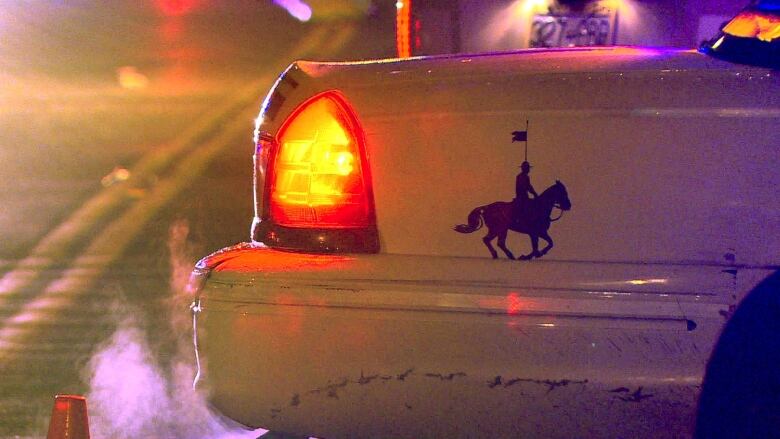IIO agrees to Indigenous civilian monitor to assist probe into police shooting of Tla-o-qui-aht Nation man
'Everyone is in agreement that this is a good move,' police watchdog says

B.C.'s police watchdog has committed to appointing acivilian monitor from theTla-o-qui-ahtFirst Nation for itsinvestigation into the police shooting ofone of the nation's members on Saturday.
"Everyone is in agreement that this is a good move," said Ron MacDonald, the civilian director of the Independent Investigations Office of B.C. (IIO), the province'scivilian led police oversight agency.
Tla-o-qui-ahtman Julian Jones, 28, was shot and killed at a home in Opitsaht, a village in the First Nation near Tofino, B.C., astwo RCMP officers searched for a woman believed to be in distress on Saturday night. Another man was taken into custody, whilethe woman was located and taken to hospital for medical assessment, RCMP said in a statement.
The IIOwas called in to investigate the shooting, as it does with all officer-related incidents that result in serious harm or death, whether or not there is any allegation of wrongdoing.
Section 38.08 of the B.C. Police Act allows for civilian monitors to be appointed to oversee IIO investigations.
MacDonald said this is the first time a monitor will be put in place for an investigation into a police involved shooting of an Indigenousperson.
"They will have access to the investigation.They will be able to make comments to us and, in the end, they'll write a report that I'm committing to make public," said MacDonald.
The timeline for installing the monitor is unclear, although MacDonald said he is moving quickly with consultation from the Nuu-Chah-Nulth Tribal Council (NTC) and Tla-o-qui-aht First Nation and he hopes to have someone appointed in a matter of days.
Short-term solution
NTC vice-president Mariah Charleson advocated for a Tla-o-qui-aht civilian monitor.
"They would be the communication person with the family," she said."But that's a short-term solution. The way the system is operating right now, it's not working."
Civilian monitors are appointed on a case-by-case basis, but Charleson wants to see a more permanent approach to having Indigenousvoices heard in investigations.
"Any time anyone is harmed by law enforcement and the IIO is investigating, we want an Indigenousoversight body to oversee the entire investigation," Charleson said.
"We must make sure the investigation is done in a culturally sensitive and trauma informed way."












_(720p).jpg)


 OFFICIAL HD MUSIC VIDEO.jpg)
.jpg)



























































































